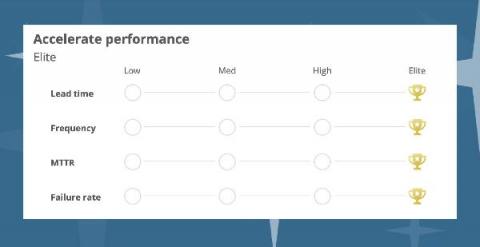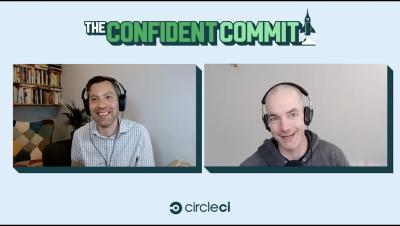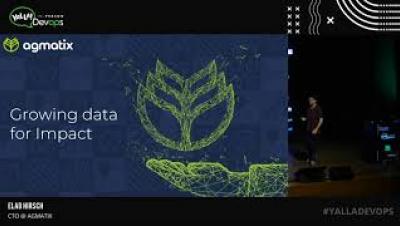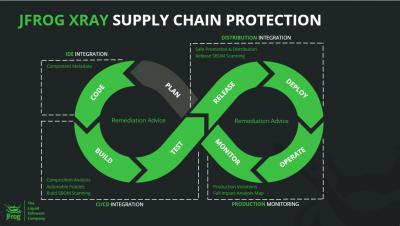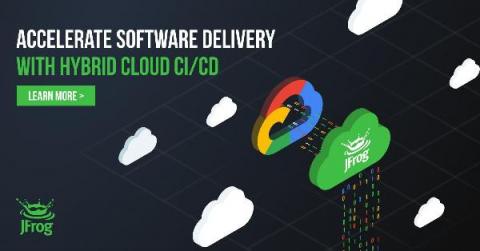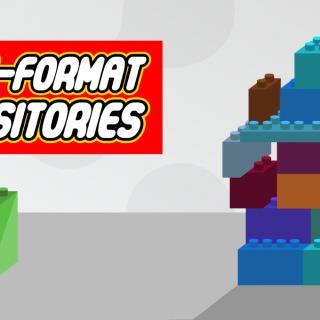Clojure microservices for JavaScript developers part 2
This series was co-written by Musa Barighzaai and Tyler Sullberg. In the previous post, we explored high-level differences between thinking in Clojure compared to thinking in JavaScript. We are now ready to start building our first Clojure microservice. The microservice we are going to build will be very simple. It will be an HTTP server that uses a Redis data store to count how many times a given IP address has pinged the /counter endpoint.




